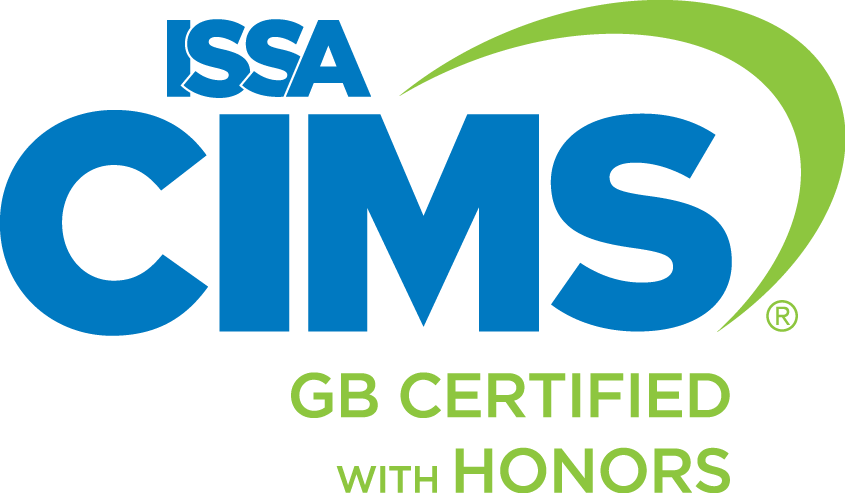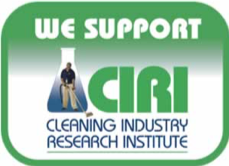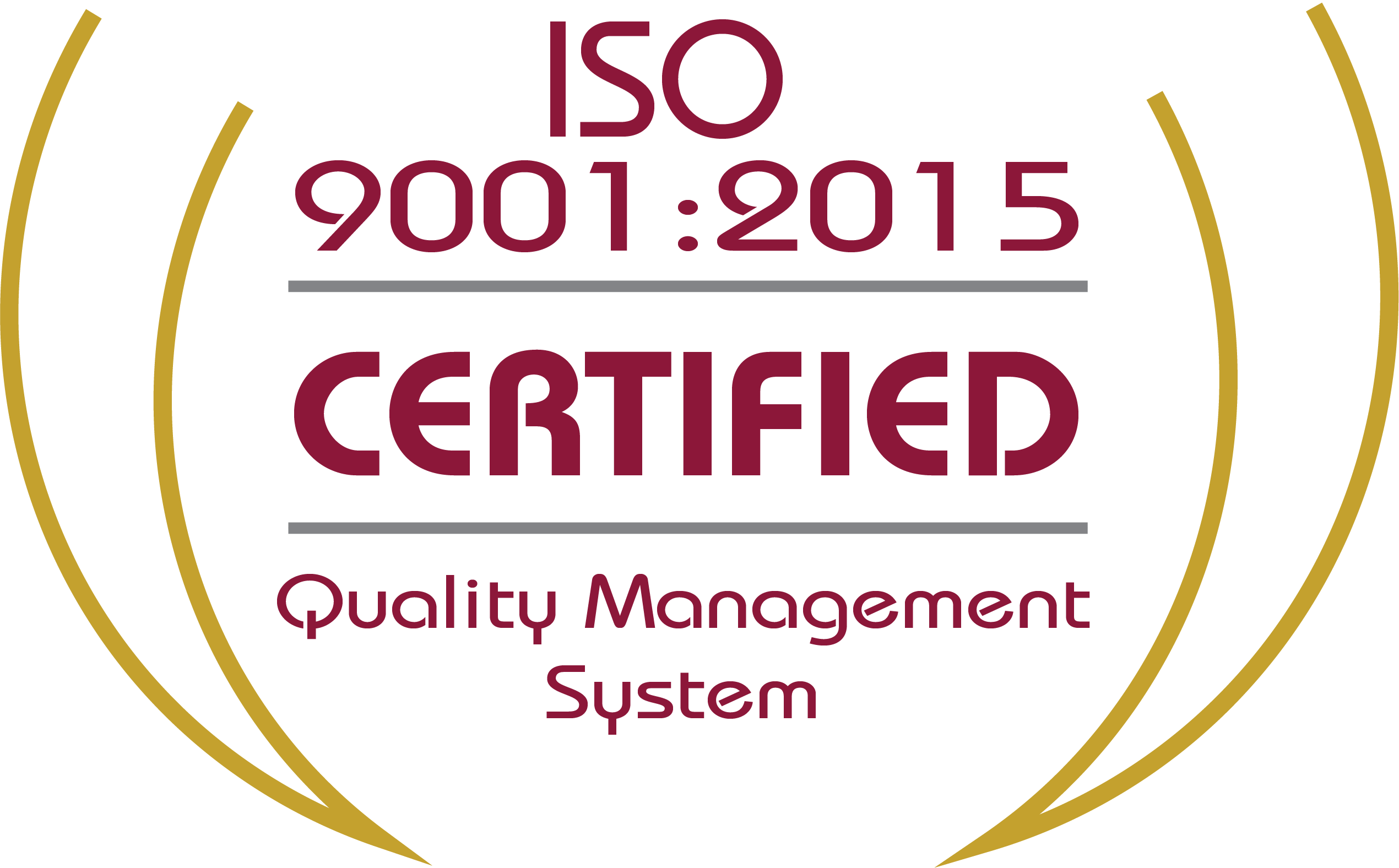What is AIRBOX?
There are different types of air purifiers on the market, and they all claim to do the same thing: keep your air clean and healthy. The challenge that all consumers face, no matter the facility, is finding one that is truly efficient and effective. With the additional pressure from the COVID-19 pandemic, the bar for quality in air purifiers has only gotten higher.
As we have always done, Janitronics has taken our goal to clean for health seriously. We have done diligent research to find the best products for our customers, and air purifiers are no different. This includes bringing potential air purifiers into our offices to test them. In the end, we decided to bring AIRBOX to our customers.
AIRBOX works hard to create effective and efficient air purifiers that are also discrete and stylish. Their commitment to improving indoor air quality matches our desire to continuously clean for health.
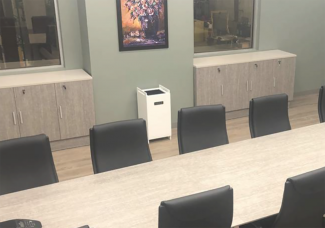
How does AIRBOX clean the air?
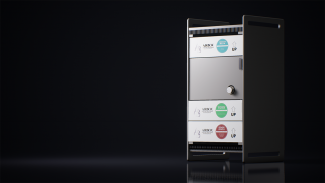
AIRBOX starts with a classic yet proven method: air filters. As the name implies, they filter out larger particles while allowing air to pass through. While this method dates back to the beginning of the twentieth century and appears deceptively simple, it remains one of the most effective yet safest ways for air purification.
What has changed between the very first models and today’s is the quality of the filters. AIRBOX takes this a step further, putting three different filters into a “stack” to clean air. The individual air filters, as well as their order in the stack, allows them to be an excellent air purifier.
The stack, starting from the bottom and moving to the top, begins with the activated carbon filter. Also known as activated charcoal, activated carbon is a porous material that can absorb gases and other particles. This filter helps eliminate pollutants and, perhaps just as important, odors that could linger in the air. The particles and gases that this filter catches are hard to catch in other filters, so this filter starts to get those hard to catch smaller particles.
The second filter is an antimicrobial filter. This filter is specialized to deal with potential biohazards. The filter is treated with an EPA registered antimicrobial agent. Not only does this allow for the capture and destruction of microorganisms, but it also prevents them from multiplying while they are still alive in the filter. This way, your AIRBOX will continue to remove these hazards without ever becoming a breeding ground for them.
Finally, there is the HEPA filter, which stands for high-efficiency particulate air filter. This designation is awarded to filters that meet the standard of removing 99.97% of particles that have a diameter of 0.3 microns. For reference, 1.0 microns is one millionth of a meter. This filter targets the smallest particles possible. HEPA filters are some of the highest-grade filters that exist. While they are unable to catch certain gases alone, working in conjunction with the other two filters allows for the whole unit to clean your air.
As stated before, the order of the air filters plays a big role in the effectiveness of the air purifier. By placing the activated carbon filter and the antimicrobial filter first, AIRBOX clears many larger particles before they reach the HEPA filter. This allows the HEPA filter to be “focused” on the smaller particles. Additionally, this allows for the HEPA filter to remain at peak efficiency for longer.
How long does AIRBOX last for?
All air filters, no matter how advanced, do not last forever. While the machine can last for many years, the air filters themselves will need to be replaced. This is due to the nature of air filters; all of the pollutants removed from the air are trapped in the filters. Over time, the pollutants in the filters build up and reduce the effectiveness of the filter in subsequent uses.
There are a few factors that determine how often a filter needs to be replaced, including: what material the filter is made of, what environment the filters are being used in, how often and for how long the air purifier is running for, and the order of the filters.
For AIRBOX air filters, the activated carbon filter and the antimicrobial filter are recommended to be replaced every six months, while the HEPA filter should be replaced at least once every four years.
Where can I get an AIRBOX?
AIRBOX is available from Janitronics. For more information about AIRBOX, check out our AIRBOX page.
If you have any additional questions and want to reach out to us, use our contact form.
